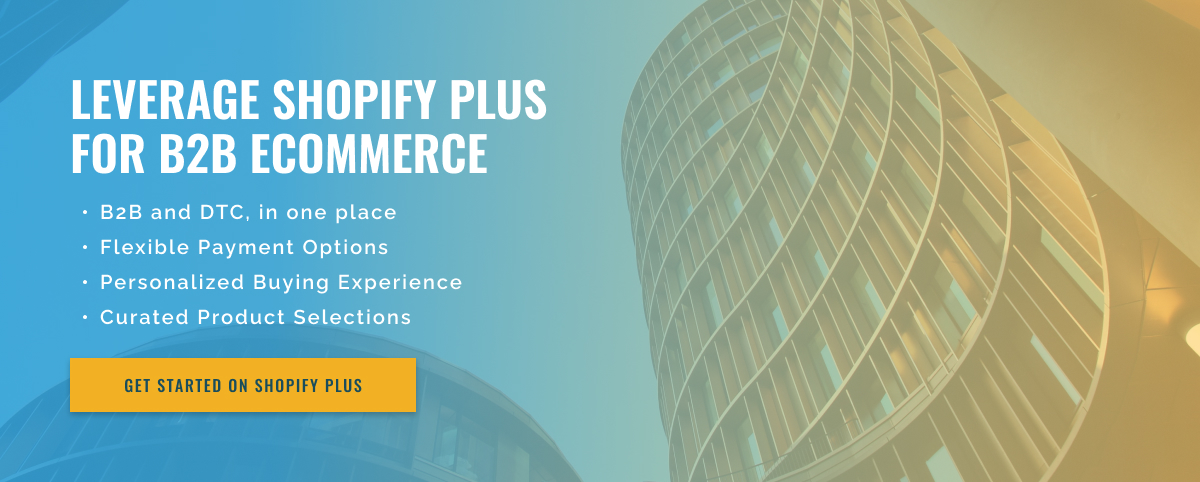3 minute read
Optimizing B2B Procurement: Best Practices with Shopify
In today’s dynamic business world, efficiency and optimization are key success factors. This is especially true for B2B buyers who are responsible for managing procurement processes and purchasing goods or services on behalf of their company. With the rise of eCommerce, more and more companies are turning to online platforms like Shopify to streamline their purchasing processes and improve the overall shopping experience. In this blog, we discuss some of the best practices for B2B buyers to optimize their purchasing processes with Shopify.
1. Take advantage of Shopify’s B2B features: Shopify offers a number of features designed specifically for B2B buyers, such as custom pricing, bulk orders, and user roles. It’s important for B2B buyers to use these features to simplify their purchasing processes. Custom pricing allows buyers to negotiate prices with suppliers and receive discounts based on bulk orders, while bulk orders allow you to purchase multiple products at once. User roles allow buyers to assign different levels of access to employees, making it easier to manage purchasing responsibilities within the company.
2. Integrate with accounting software: B2B buyers often deal with long payment cycles and multiple invoices. To streamline this process, it’s important to integrate Shopify with accounting software like QuickBooks or Xero. This not only automates the payment process, but also helps with accurate and timely billing, reducing the risk of errors and delays.
3. Use inventory management tools: B2B buyers often deal with large quantities of products, and inventory management can be a daunting task. Shopify provides inventory management tools that help shoppers track inventory levels, set alerts when stock is low, and streamline the ordering process. This ensures that companies always have essential items in stock and prevent stock shortages.
4. Leverage reporting and analytics: Shopify provides detailed reporting and analysis of purchasing patterns, inventory levels, and sales trends. B2B buyers can use this data to identify areas for improvement and make informed decisions about their purchasing processes. By analyzing this data, they can optimize their purchasing strategies and make better deals with suppliers.
5. Customize your store: With Shopify, B2B buyers have the ability to customize their online store to fit their brand and business needs. This not only improves the user experience for buyers, but also creates a professional and consistent company image. Store customization also allows buyers to provide relevant information such as product specifications and prices, streamlining the purchasing process for both buyers and suppliers.

